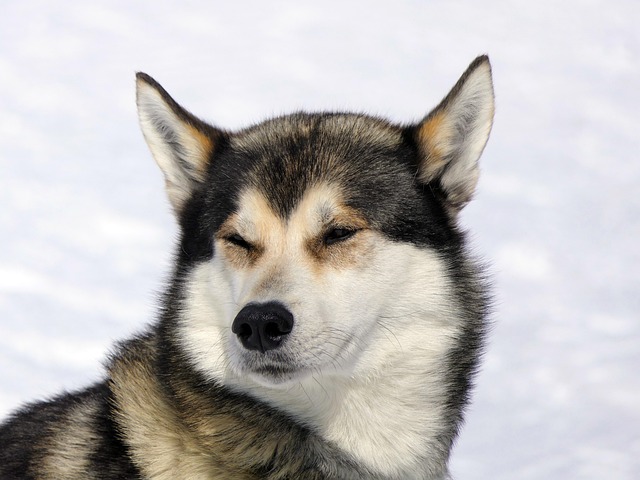
Is it okay to give my dog ice cream
I sat on my porch in Miami last July, spooning vanilla ice cream, when my golden retriever, Max, plopped down beside me, tail thumping, eyes locked on my bowl.
Many dog owners assume shaving their long-haired pup is the ultimate solution for summer heat or messy fur. After all, less hair means less shedding and more comfort, right? Actually, that’s one of the biggest myths in dog grooming. Before reaching for those clippers, it’s worth understanding how your dog’s coat works—and why shaving might do more harm than good.
A long-haired dog’s coat isn’t just for looks; it’s a sophisticated temperature regulator. The undercoat acts as insulation, keeping them cool in summer by trapping air and blocking UV rays, while the topcoat repels dirt and moisture. Shaving disrupts this natural system, leaving their skin vulnerable to sunburn, irritation, and even overheating. Breeds like Golden Retrievers or Collies, for instance, rely on their double coats to adapt to seasonal changes. Removing that protection can lead to long-term issues, including patchy regrowth or permanent texture changes.
Veterinarians often warn against shaving unless absolutely necessary. Dr. Sarah Mitchell, a board-certified veterinary dermatologist, notes, "A dog’s coat is designed to protect them. Shaving increases risks of sun damage, insect bites, and even heatstroke since their skin isn’t meant to be exposed." She adds that improper shaving can cause follicular damage, making the hair grow back unevenly or not at all. In some cases, shaved dogs develop chronic skin conditions due to reduced airflow and trapped moisture against the skin.
That said, there *are* exceptions. Severe matting that can’t be brushed out, medical procedures, or certain skin conditions might warrant a careful trim—but this should always be done under a vet’s or professional groomer’s guidance. Even then, the goal is to minimize length rather than shave down to the skin. For example, a Poodle with a tightly matted coat might need a short clip, but leaving at least an inch of hair helps maintain some protection.
Instead of shaving, focus on proactive grooming. Regular brushing (daily for breeds like Shih Tzus or Maltese) prevents tangles and distributes natural oils. Use an undercoat rake for double-coated breeds during shedding seasons. A "sanitary trim"—neatening fur around the paws, ears, and rear—keeps things tidy without compromising the coat’s function. Professional groomers can also thin out thick fur with thinning shears, reducing bulk while preserving insulation. And don’t forget hydration and shade in summer; a well-groomed coat paired with cool resting spots beats a risky shave any day.
Ultimately, your dog’s comfort and health should come first. While shaving might seem like a quick fix, it often creates more problems than it solves. If you’re unsure, consult your vet or a certified groomer to explore alternatives tailored to your dog’s breed and lifestyle. After all, a happy, healthy pup with a full coat is far better than one dealing with avoidable skin issues—no matter how hot it gets outside.

I sat on my porch in Miami last July, spooning vanilla ice cream, when my golden retriever, Max, plopped down beside me, tail thumping, eyes locked on my bowl.
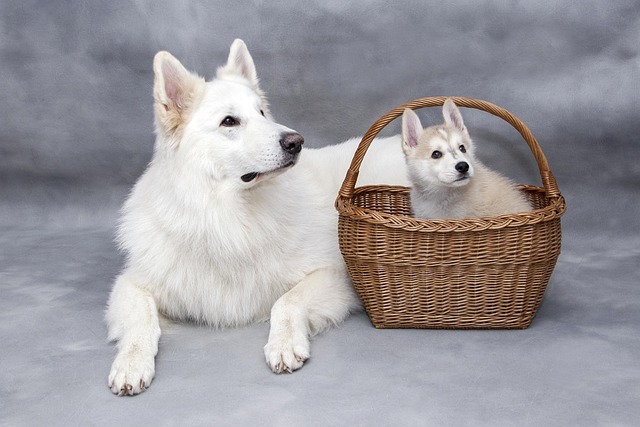
It’s a scorching 102°F afternoon in Phoenix, and your Labrador, Max, collapses mid-walk—panting so hard his tongue hangs purple, legs wobbly as he tries to stand.
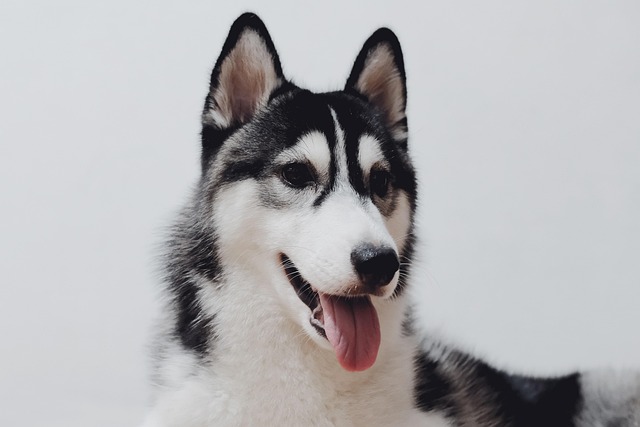
If you're a Husky owner,you know these beautiful,energetic dogs have a unique personality.They're playful,curious,and full of life,but sometimes their strong prey drive and independent nature can make it tricky for them to get along with other dogs.
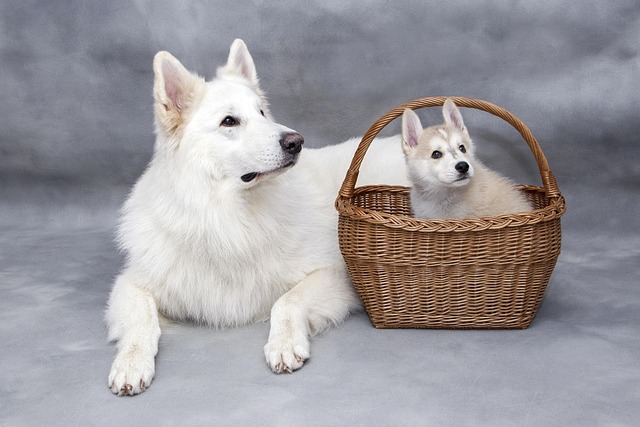
It’s a rainy Tuesday in your Chicago apartment, and your cocker spaniel, Luna, is shaking her head so hard her ears flop like wet rags.
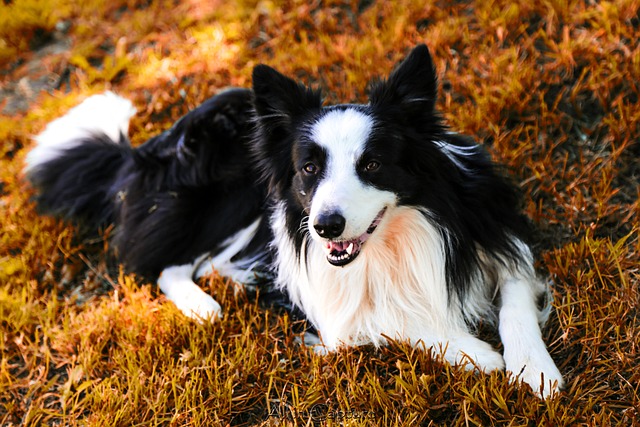
It’s a humid July afternoon in Atlanta, and your border collie, Mia, is lying flat on the bathroom tile, tongue lolling, instead of chasing her ball like usual.
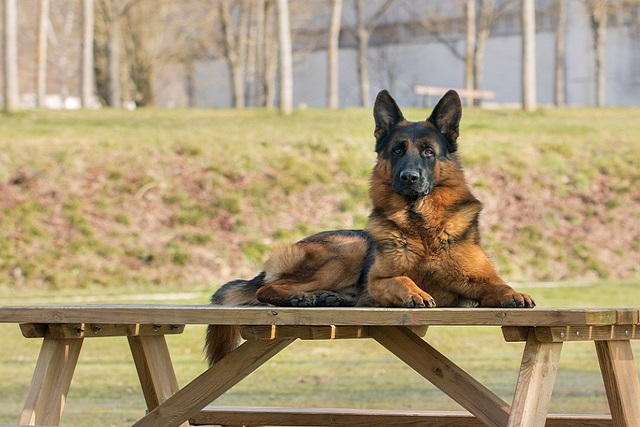
You're walking your French Bulldog, Bruno, through Central Park on an 85°F afternoon when he suddenly plops down on the grass, tongue hanging like a wet rag.